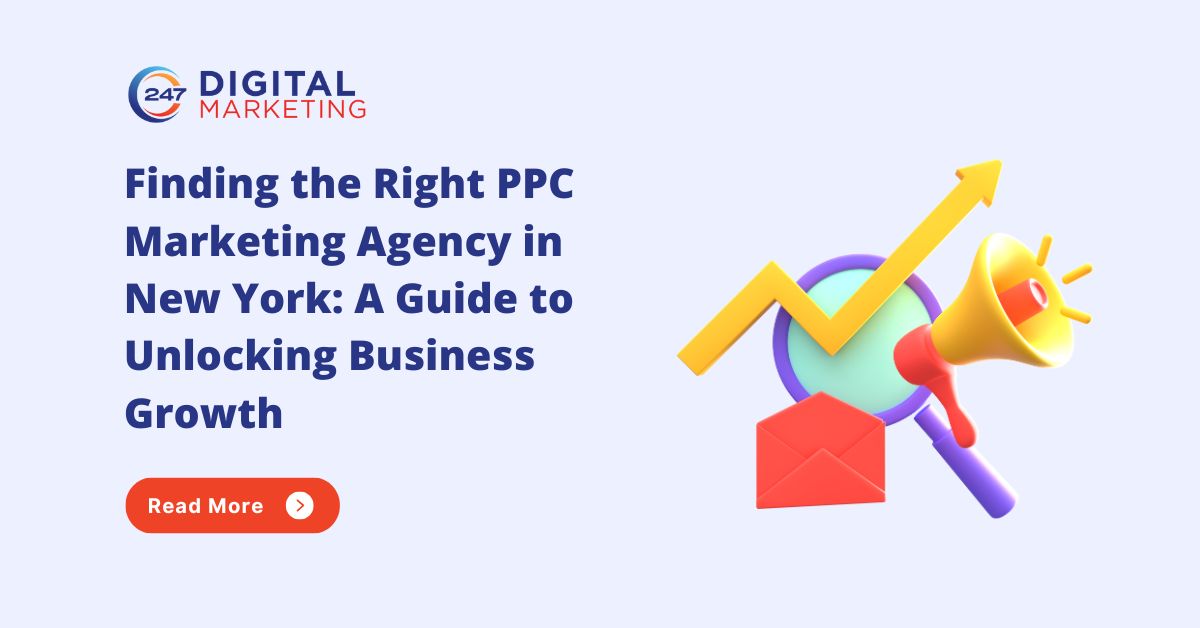7 Steps On How To Perform A Competitor Analysis

What Is A Competitor Analysis?
It’s exactly what it sounds like, which you’re probably not surprised by.
You’re looking at everything your competitor is doing (at least, the stuff you can see, this isn’t corporate espionage) and considering how your business compares.
We’re including information on each step, questions to ask, examples when they apply, and ideas.
Step of Competitor Analysis:
Step 1: Find your competitors
Step 2: Outline what your competitors do or provide
Step 3: Describe how your competitors sell (and does it work?)
Step 4: Analyze your competitor pricing and how they structure the product
Step 5: Scour your competitor’s digital marketing strategy (from paid to organic)
Step 6: Read customer reviews, comments, questions, and complaints
Step 7: Perform a SWOT analysis
Step 1: Find your competitors
You need to know who else is offering something that could replace your product or service, who is in your area.
These are your direct competitors and should be your main focus.
If you don’t know where to start, do what your customers will do… search online.
Look for your business type or search keywords you think your customers would search and see what comes up.
You can do this on social media or on search engines.
Step 2: Outline what your competitors do or provide
Now that you’ve found your competitors, take your time to:
- browse their website,
- read their social media,
- watch their YouTube videos, and
- scour their blog to find out what your competitors provide.
You’ll want to know basic things like what their products or services are, what their shipping policy is, their return policy, etc.
Step 3: Describe how your competitors sell (and does it work?)
In this part of your competitor analysis, it’s time to look at the sales process.
We recommend walking through the steps here like you’re a customer and do the following:
- Browse products
- Look at the product page
- Add a product to your cart
- Start the checkout process (or buy an item to see the process through from start to finish)
- Look at their social media feeds
- Subscribe to their newsletter
- Read through emails you receive
- Abandon your cart to see if you get a reminder
- Search keywords online
- Review any ads that show up
Look at reviews and read comments for customer feedback.
Are people engaging with the posts? Are customers leaving good reviews?
Are there common complaints? Can you tell how many sales they’ve made?
Step 4: Analyze your competitor pricing and how they structure the product
You browsed through product pages and shopping during the last step, but now, we go for a deeper dive.
Start with the product page and pay attention to pricing while you explore.
Here’s what we look for:
- How many images/videos are they using?
- What is the layout of the page?
- What is the copy like? Long? Short? Descriptive? Bullets?
- What product or service information is included?
- What other elements are on the page?
- Are there suggested products? Reviews?
- How do you add to cart?
- What is the price? How does it compare to other products or services?
- How much is the shipping fee?
Step 5: Scour your competitor’s digital marketing strategy (from paid to organic)
Note: You’ll notice that some of these steps in our competitor analysis overlap others.
You’re completing a number of these steps at the same time, so don’t worry about keeping them strictly in the order we’re presenting them now.
Spend some time on your competitor’s social media channels.
Most businesses list their social profiles on their website, but you can manually search the most popular platforms.
Here’s what we’d list out:
- What platforms is the company using?
- How often are they posting?
- What type of content are they posting (i.e. carousels, videos, Instagram Reels, Stories)?
- Search them on search engines (Google, YouTube, Pinterest) to see what comes up (paid and unpaid)
- What time of day do they post?
- What is the average number of comments/likes?
- Do they respond to comments?
Step 6: Read customer reviews, comments, questions, and complaints
This is the time to read through reviews and comments to see what your competitors’ customers are saying about them.
Not only will you get to hear accounts of their experience, but you’ll have a front-row seats to any customer complaints or questions.
Step 7: Perform a SWOT analysis
The SWOT analysis is what you do at the end of all of this legwork so that you can put all the information you’ve collected. Combine it with specifics for your business, and make a plan for developing new marketing strategies or new products.
Conclusion
It’s easy to focus on all of the tasks you need to complete for your business or all the ideas that you have, or creating content.
But you don’t want to get so focused on your own business.
That you’re not keeping an eye on your competitors and adapting your plan so you can stay relevant and top-of-mind.
If you need help with doing your competitor analysis too, contact us today or check out all our digital marketing services here.
Mitesh Patel is the co-founder of 247 Digital Marketing, LawFirm Marketing and a columnist. He helps companies like Emerson and other top Fortune 500 compnies to grow their revenue.




